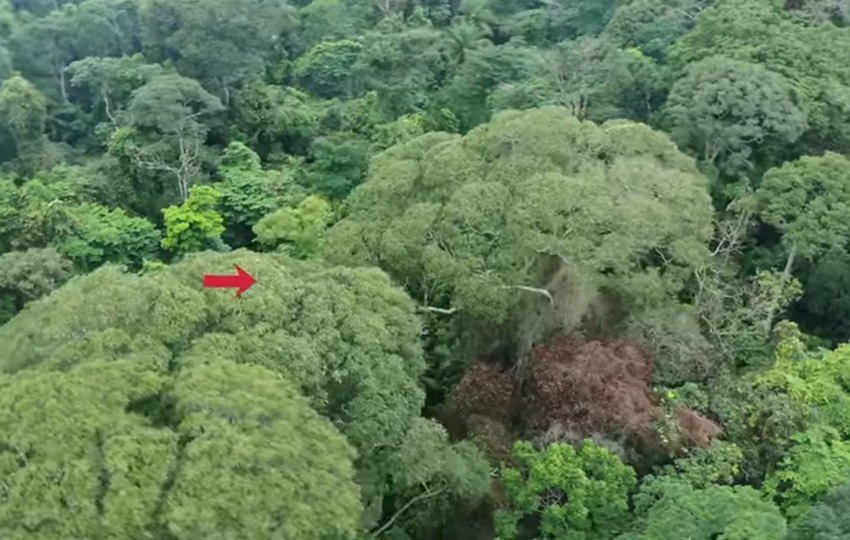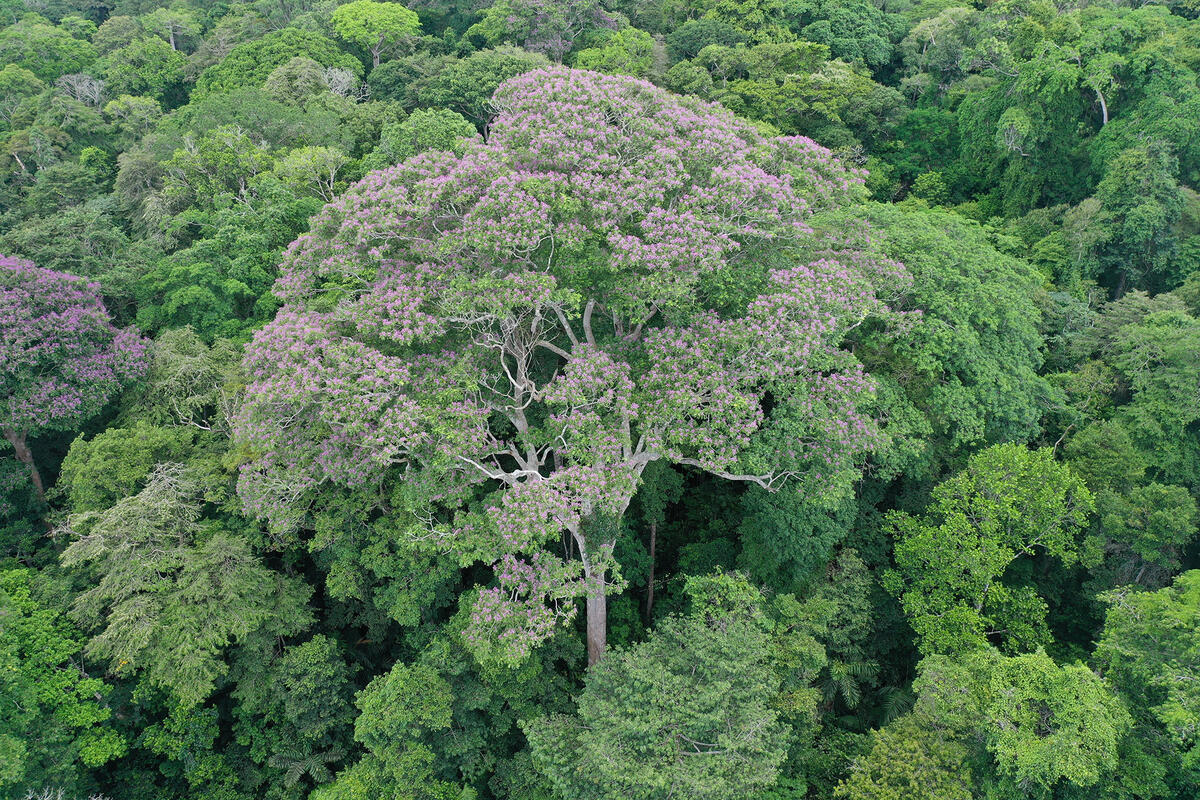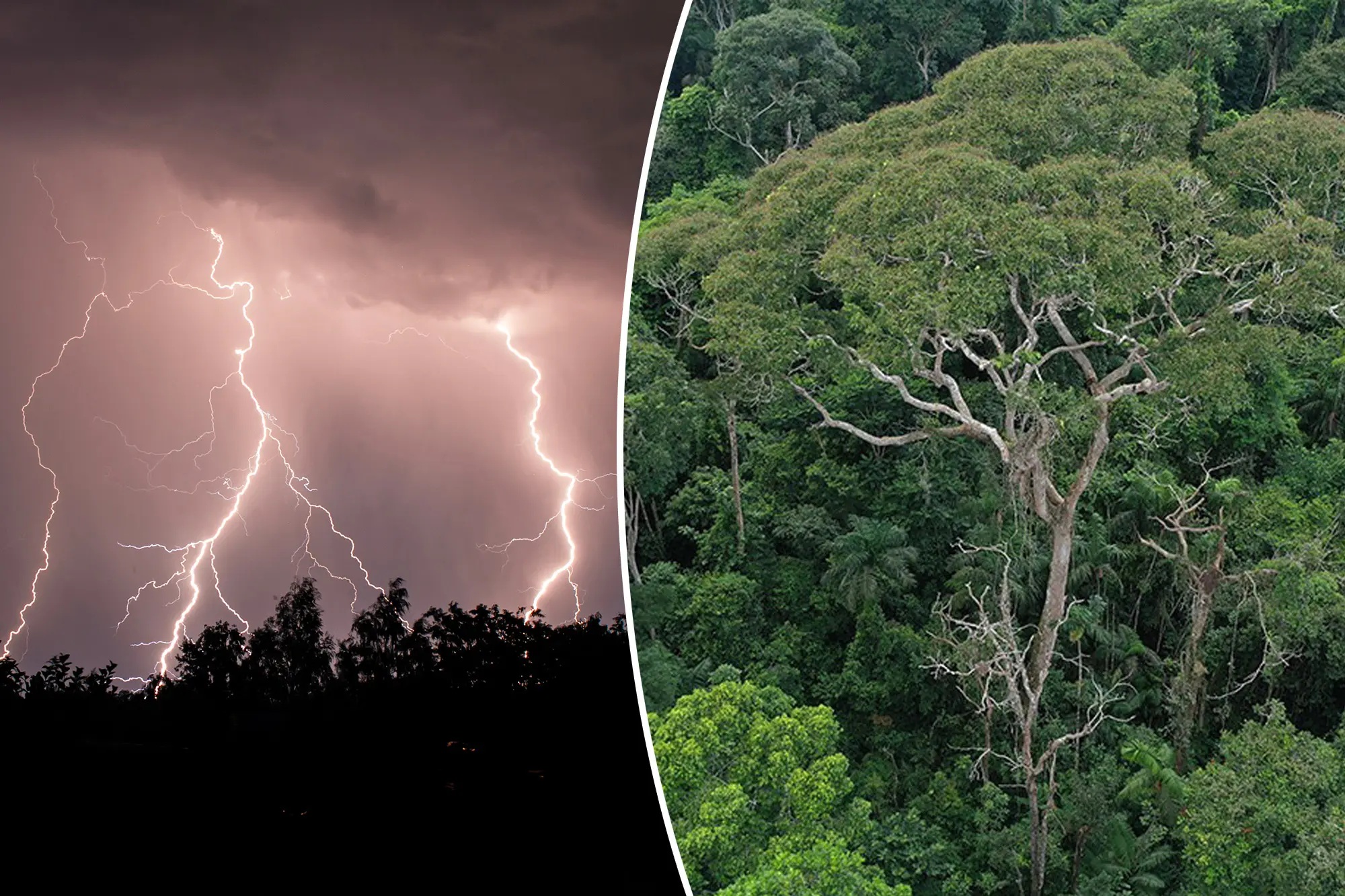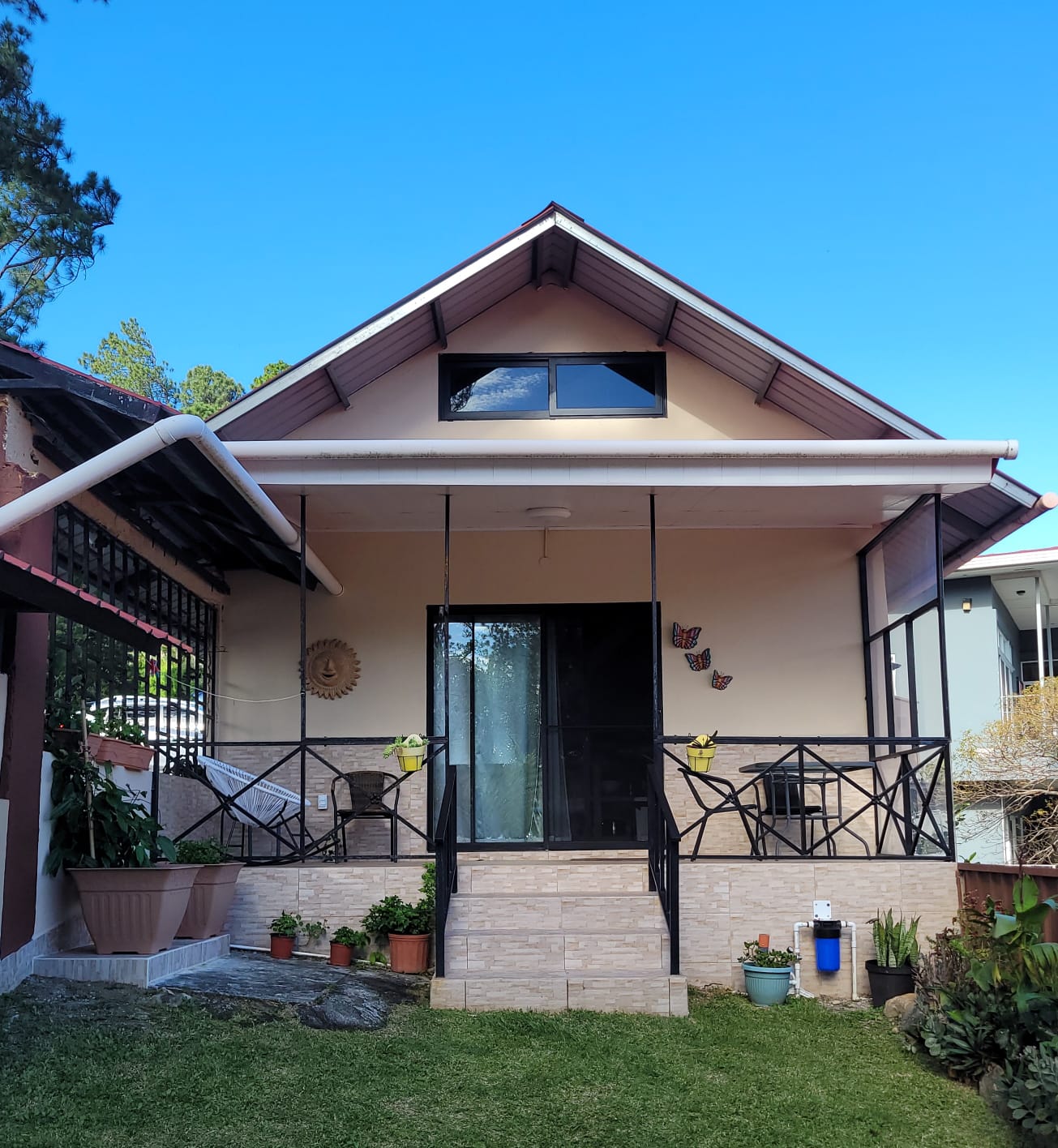A Panama Tree Capable of Surviving Lightning Strikes has been Documented
View of Dipteryx oleifera more than 20 days after being struck by lightning

For many trees, lightning is synonymous with death, however, not for Dipteryx oleifera, an imposing tenant of the Panamanian tropical forests, popularly known as eboe, choibá, tonka bean or almond tree. A recent study (“How some tropical trees benefit from lightning strikes”) published in New Phytologist shows that lightning strikes eliminate parasitic vines, kill nearby trees, and reduce competition, which translates to a benefit for this species. Evan Gora, one of the study’s authors, emphasized that the research team finds it extraordinary that this tree can be exposed to 30,000 amps of current without experiencing any problems and, on the contrary, benefiting from it.

“It still seems almost unbelievable, except that we have a huge amount of data showing many ways in which it actually seems to be beneficial.” According to the scientist, between 2015 and 2016, they observed the first Dipteryx to survive a lightning strike, while the vines in its canopy and more than a dozen neighboring trees weren’t as fortunate. They later observed more frequent lightning strikes that didn’t kill this tree, but rather benefited it. Although researchers don’t know the reasons why this tree is able to survive, they believe one reason is that trees with higher electrical conductivity should be more likely to survive.

“We have compelling evidence that these electrical properties could be the case, but we need to test it further,” he explained. According to the expert, this tree could have evolved. It is 30% taller than the allometric average and its canopy is 50% larger. “It’s fascinating to be around it and think that this is probably the tenth lightning strike that’s hit this tree. We’re averaging five. But, you know, some people obviously get a lot,” he added. The models developed by the researchers also indicate that trees struck by lightning have a reproduction rate up to 14 times higher than those that were not struck. The researchers studied the trees in the Barro Colorado Natural Monument. This phenomenon, according to experts, forces us to rethink the role of lightning in forest ecology.





